Archives
- By thread 5368
-
By date
- June 2021 10
- July 2021 6
- August 2021 20
- September 2021 21
- October 2021 48
- November 2021 40
- December 2021 23
- January 2022 46
- February 2022 80
- March 2022 109
- April 2022 100
- May 2022 97
- June 2022 105
- July 2022 82
- August 2022 95
- September 2022 103
- October 2022 117
- November 2022 115
- December 2022 102
- January 2023 88
- February 2023 90
- March 2023 116
- April 2023 97
- May 2023 159
- June 2023 145
- July 2023 120
- August 2023 90
- September 2023 102
- October 2023 106
- November 2023 100
- December 2023 74
- January 2024 75
- February 2024 75
- March 2024 78
- April 2024 74
- May 2024 108
- June 2024 98
- July 2024 116
- August 2024 134
- September 2024 130
- October 2024 141
- November 2024 171
- December 2024 115
- January 2025 216
- February 2025 140
- March 2025 220
- April 2025 233
- May 2025 239
- June 2025 303
- July 2025 181
-
The week in charts
The Week in Charts
Worker exhaustion, airlines’ slow recovery, and more Share these insights
Did you enjoy this newsletter? Forward it to colleagues and friends so they can subscribe too. Was this issue forwarded to you? Sign up for it and sample our 40+ other free email subscriptions here.
This email contains information about McKinsey's research, insights, services, or events. By opening our emails or clicking on links, you agree to our use of cookies and web tracking technology. For more information on how we use and protect your information, please review our privacy policy.
You received this email because you subscribed to The Week in Charts newsletter.
Copyright © 2023 | McKinsey & Company, 3 World Trade Center, 175 Greenwich Street, New York, NY 10007
by "McKinsey Week in Charts" <publishing@email.mckinsey.com> - 03:56 - 18 Nov 2023 -
EP86: CAP, BASE, SOLID, KISS, What do these acronyms mean?
EP86: CAP, BASE, SOLID, KISS, What do these acronyms mean?
This week’s system design refresher: CAP, BASE, SOLID, KISS, What do these acronyms mean? Single Sign-On (SSO) explained in simple terms Imperative Vs Functional Vs Object-oriented Programming Data Pipelines Overview 2023 State of DevOps Report by Google Cloud and LinearB (Sponsored) Forwarded this email? Subscribe here for moreThis week’s system design refresher:
CAP, BASE, SOLID, KISS, What do these acronyms mean?
Single Sign-On (SSO) explained in simple terms
Imperative Vs Functional Vs Object-oriented Programming
Data Pipelines Overview
2023 State of DevOps Report by Google Cloud and LinearB (Sponsored)
Are lofty DevOps ideals translating into better results for companies? Has AI begun to show an impact on software team productivity?
This 2023 report by the DevOps Research and Assessment (DORA) team at Google and LinearB collates research from over 36,000 professionals worldwide, covering:
Key outcomes from DORA (including measures and benchmarks for high performers)
DORA metric performance across applications
Technical and cultural performance predictors
The impact of AI and cloud infrastructure
Now, you can get a free copy of the full report.
CAP, BASE, SOLID, KISS, What do these acronyms mean?
The diagram below explains the common acronyms in system designs.
CAP
CAP theorem states that any distributed data store can only provide two of the following three guarantees:
1. Consistency - Every read receives the most recent write or an error.
2. Availability - Every request receives a response.
3. Partition tolerance - The system continues to operate in network faults.
However, this theorem was criticized for being too narrow for distributed systems, and we shouldn’t use it to categorize the databases. Network faults are guaranteed to happen in distributed systems, and we must deal with this in any distributed systems.
You can read more on this in “Please stop calling databases CP or AP” by Martin Kleppmann.BASE
The ACID (Atomicity-Consistency-Isolation-Durability) model used in relational databases is too strict for NoSQL databases. The BASE principle offers more flexibility, choosing availability over consistency. It states that the states will eventually be consistent.SOLID
SOLID principle is quite famous in OOP. There are 5 components to it.
1. SRP (Single Responsibility Principle)
Each unit of code should have one responsibility.
2. OCP (Open Close Principle)
Units of code should be open for extension but closed for modification.
3. LSP (Liskov Substitution Principle)
A subclass should be able to be substituted by its base class.
4. ISP (Interface Segregation Principle)
Expose multiple interfaces with specific responsibilities.
5. DIP (Dependency Inversion Principle)
Use abstractions to decouple dependencies in the system.KISS
"Keep it simple, stupid!" is a design principle first noted by the U.S. Navy in 1960. It states that most systems work best if they are kept simple.
Over to you: Have you invented any acronyms in your career?
Latest articles
If you’re not a paid subscriber, here’s what you missed this month.
To receive all the full articles and support ByteByteGo, consider subscribing:
Single Sign-On (SSO) explained in simple terms
The concepts of SSO revolve around the three key players: the User, the Identity Provider (IDP), and the Application.
The end-user or individual who seeks access to various applications.
Identity Provider (IDP): An entity responsible for user authentication and verification. Common IDPs include Google, Facebook, and company-specific systems.
Application: The software or service that the user wants to access. Applications rely on the IDP for user authentication. With SSO, users can seamlessly log in to various applications with a single set of credentials, enhancing convenience and security.
Single Sign-On (SSO) simplifies user access by enabling them to log in to multiple applications with a single set of credentials, enhancing the user experience and reducing password fatigue. It also centralizes security and access management, improving security, streamlining access control, and saving time and costs.
Over to you: What's your perspective on the future of secure authentication in the digital realm?Imperative Vs Functional Vs Object-oriented Programming
In software development, different programming paradigms offer unique ways to structure code. Three main paradigms are Imperative, Functional, and Object-oriented programming, each with distinct approaches to problem-solving.
Imperative Programming:
- Works by changing program state through a sequence of commands.
- Uses control structures like loops and conditional statements for execution flow.
- Emphasizes on mutable data and explicit steps for task completion.
- Examples: C, Python, and most procedural languages.Functional Programming:
- Relies on pure functions, emphasizing computation without side effects.
- Promotes immutability and the avoidance of mutable state.
- Supports higher-order functions, recursion, and declarative programming.
- Examples: Haskell, Lisp, Scala, and functional features in languages like JavaScript.Object-oriented Programming:
- Focuses on modeling real-world entities as objects, containing data and methods.
- Encourages concepts such as inheritance, encapsulation, and polymorphism.
- Utilizes classes, objects, and interfaces to structure code.
- Examples: Java, C++, Python, and Ruby.
Over to you: Which one resonates with your coding style? Ever had an 'aha' moment while using a particular paradigm? Share your perspective.
Data Pipelines Overview
Data pipelines are a fundamental component of managing and processing data efficiently within modern systems. These pipelines typically encompass 5 predominant phases: Collect, Ingest, Store, Compute, and Consume.
Collect:
Data is acquired from data stores, data streams, and applications, sourced remotely from devices, applications, or business systems.Ingest:
During the ingestion process, data is loaded into systems and organized within event queues.Store:
Post ingestion, organized data is stored in data warehouses, data lakes, and data lakehouses, along with various systems like databases, ensuring post-ingestion storage.Compute:
Data undergoes aggregation, cleansing, and manipulation to conform to company standards, including tasks such as format conversion, data compression, and partitioning. This phase employs both batch and stream processing techniques.Consume:
Processed data is made available for consumption through analytics and visualization tools, operational data stores, decision engines, user-facing applications, dashboards, data science, machine learning services, business intelligence, and self-service analytics.
The efficiency and effectiveness of each phase contribute to the overall success of data-driven operations within an organization.
Over to you: What's your story with data-driven pipelines? How have they influenced your data management game?Latest articles
If you’re not a subscriber, here’s what you missed this month.
The 6 Most Impactful Ways Redis is Used in Production Systems
The Tech Promotion Algorithm: A Structured Guide to Moving Up
To receive all the full articles and support ByteByteGo, consider subscribing:
Like
Comment
Restack
© 2023 ByteByteGo
548 Market Street PMB 72296, San Francisco, CA 94104
Unsubscribe
by "ByteByteGo" <bytebytego@substack.com> - 11:37 - 18 Nov 2023 -
Web Designing Proposal
Hi,
I am reaching out to see if there is anything that would like to upgrade, repair or redesign on your site. I am a web designer/developer that can do just about anything you can imagine at very affordable prices.
Our services with best work: -
1. E-commerce Websites2. WordPress Websites3. Shopify Websites4. Magento Websites5. Drupal Websites6. Joomla Websites7. CMS Websites8. PHP Websites
I'd be happy to send some of our Designing and Development samples & price list, if you'd like to assess our work.
Kind Regards,Martin SmithWeb designer & developer***********************************************
by "Martin Smith" <seopowersolutions50@outlook.com> - 10:17 - 17 Nov 2023 -
Re: 1st Page on Google
Hi,
In response to my earlier email, you have not responded. I was just curious if you'd be interested in SEO, SMO and Web Services that could be provided for very little cost.
Kind Regards,
Mike Smith
************************************
From: Mike Smith
Sent: Thursday, October 19, 2023 4:11 PM
Subject: 1st Page on GoogleHi,
I found your detail on Google.com and I have looked at your website and realized your website is a great design but your website ranking is not good for all search engines Google, AOL, Yahoo, and Bing.
We can place your website on Google’s 1st Page. Yahoo, AOL, Bing. Etc.
I'd be happy to send some of our SEO samples & price list, if you'd like to assess our work.
May I send you a quote? If interested.
Kind Regards,Mike SmithBusiness Development Manager******************************************************************
by "Mike Smith" <seoranksolution7@outlook.com> - 05:39 - 17 Nov 2023 -
Net zero: Taking stock, tracking progress
The Shortlist
Four new insights
by "McKinsey CEO Shortlist" <publishing@email.mckinsey.com> - 04:06 - 17 Nov 2023 -
FWD:QUOTE# REF 21654
Dear Sir,
Please quote for the attached inquiry as requested by customer.
Awaiting your response.
Best RegardsSales ManagerTel./WeChat/WhatsApp: +8613527722392Skype: aevision.Winnieduwonferry Electronic Technology CO.,Ltd.Add.: 4th Floor Building C2 Liandong U Valley Xicheng Middle Street Nanwan Village Huangpu District Guangzhou China.
by " duwonferry.com" <edcapt@duwonferry.com> - 12:10 - 17 Nov 2023 -
Achieving growth isn’t easy. Six strategies can set organizations up for success.
On Point
What leaders in growth know Brought to you by Liz Hilton Segel, chief client officer and managing partner, global industry practices, & Homayoun Hatami, managing partner, global client capabilities
•
Tougher times. Recent economic data indicates that US consumers may continue to open their wallets: in the third quarter of 2023, US GDP grew at an annualized rate of 4.9%. Still, companies in multiple sectors are warning that consumer demand may be difficult to predict in the months ahead, as high interest rates, reduced savings, and student loan repayments strain household budgets. One toy company said that it was projecting a 13–15% decline in revenue for the full year. [CNN]
•
What it takes to grow. Recent years have tested the mettle of C-suite leaders, who face disruptions from the COVID-19 pandemic, high inflation, geopolitical tensions, climate events, and more. In turbulent times, companies may be tempted to err on the side of caution, yet those that do often fail to achieve their full potential for growth. Leaders who courageously pursue and stick with long-term strategies for expansion, however, lead their organizations to deliver superior growth, McKinsey senior partner Jill Zucker and coauthors explain.
— Edited by Belinda Yu, editor, Atlanta
Introducing Insights to Impact
Be among the first to subscribe to this free newsletter delivering a weekly roundup of analysis that’s influencing decision makers. Each Friday, we’ll offer insights across geographies, industries, and capabilities to help leaders identify new opportunities to spur innovation and growth, sustainably.
Click to subscribeThis email contains information about McKinsey's research, insights, services, or events. By opening our emails or clicking on links, you agree to our use of cookies and web tracking technology. For more information on how we use and protect your information, please review our privacy policy.
You received this email because you subscribed to the On Point newsletter.
Copyright © 2023 | McKinsey & Company, 3 World Trade Center, 175 Greenwich Street, New York, NY 10007
by "McKinsey On Point" <publishing@email.mckinsey.com> - 11:07 - 16 Nov 2023 -
Bias Busters: Motivations under the microscope
Align incentives New from McKinsey Quarterly

Bias Busters: Motivations under the microscope
Align incentives 

This email contains information about McKinsey’s research, insights, services, or events. By opening our emails or clicking on links, you agree to our use of cookies and web tracking technology. For more information on how we use and protect your information, please review our privacy policy.
You received this email because you subscribed to our McKinsey Quarterly alert list.
Copyright © 2023 | McKinsey & Company, 3 World Trade Center, 175 Greenwich Street, New York, NY 10007
by "McKinsey Quarterly" <publishing@email.mckinsey.com> - 04:54 - 16 Nov 2023 -
Does Serverless Have Servers?
Does Serverless Have Servers?
Serverless computing refers to the paradigm of building and running applications without managing the underlying servers. With serverless, the cloud provider abstracts away the servers, runtimes, scaling, and capacity planning from the developer. The developer focuses on the application code and business logic, while the cloud provider handles provisioning servers, auto-scaling, monitoring, etc., under the hood. Over the past decade, this “no-ops” approach has greatly simplified deploying cloud-native applications. Forwarded this email? Subscribe here for moreThis is a sneak peek of today’s paid newsletter for our premium subscribers. Get access to this issue and all future issues - by subscribing today.
Latest articles
If you’re not a subscriber, here’s what you missed this month.
The 6 Most Impactful Ways Redis is Used in Production Systems
The Tech Promotion Algorithm: A Structured Guide to Moving Up
To receive all the full articles and support ByteByteGo, consider subscribing:
Serverless computing refers to the paradigm of building and running applications without managing the underlying servers. With serverless, the cloud provider abstracts away the servers, runtimes, scaling, and capacity planning from the developer. The developer focuses on the application code and business logic, while the cloud provider handles provisioning servers, auto-scaling, monitoring, etc., under the hood. Over the past decade, this “no-ops” approach has greatly simplified deploying cloud-native applications.
The term “serverless” is misleading since servers are still involved. But from the developer’s perspective, there are no visible servers to manage. The cloud provider handles the servers, operating systems, and runtimes. This model allows developers to deploy event-driven, auto-scaling functions and APIs without worrying about the infrastructure.
Some key enablers of serverless computing include FaaS (Functions-as-a-Service), BaaS (Backend-as-a-Service), containers, microservices, and auto-scaling. This newsletter will dive deeper into serverless concepts, architecture, user cases, limitations, and more.
The Evolution of Serverless
Serverless computing gained prominence around 2014 with the release of AWS Lambda. It allowed developers to run event-driven applications without having to provision backend servers. Functions would auto-scale based on load while AWS handled the infrastructure.
The release of Azure Functions and Google Cloud Functions further popularized this FaaS model.
With the rise of Docker and Kubernetes between 2013 and 2014, containerization and microservices made it easy to deploy serverless applications and accelerated the adoption of serverless computing.
In 2018, the Cloud Native Computing Foundation (CNCF) published the Serverless Whitepaper 1.0. The whitepaper positioned serverless as a new cloud-native approach compared to Containers-as-a-Service (CaaS) and Platform-as-a-Service (PaaS).
The table below lists some key benefits and drawbacks of each model. CaaS has full control over the infrastructure but requires more effort in monitoring, logging, and capacity management. PaaS facilitates easier application deployment and auto-scaling but doesn’t have container portability. Serverless has the lowest requirement for infrastructure management, with autoscaling, reduced ops, and pay-per-use billing as crucial benefits.
Today, serverless has become a popular option for startups to quickly build and iterate on applications for product-market fit. The benefits of adopting serverless computing include:
Cost savings: With serverless computing, providers adopt a pay-as-you-go billing model based on usage. Developers only pay for the specific compute resources utilized when the functions run. There is no need to over-provision capacity upfront and pay for idle resources. This billing model enables efficient resource utilization and significant cost savings compared to provisioning servers or virtual machines with fixed capacity.
Faster time-to-market: With serverless computing, developers don’t need to spend time on infrastructure management tasks like capacity planning. Developers can focus on writing code and business logic, allowing them to deploy applications quickly.
Auto-scaling: Serverless applications can automatically scale up and down based on traffic patterns. Developers can initially provision minimal compute resources. As incoming requests increase, the platform automatically allocates more resources to handle the load. When traffic decreases, excess capacity is released.
Expanding developer skills: Serverless computing abstracts away infrastructure and operational concerns by modularizing computation and storage into functions and services. It enables front-end developers to work on simple backend services as well.
Next, let’s look at the key concepts in serverless computing.
FaaS and Event-Driven Architecture
The term “serverless” has two related but distinct meanings:
In a narrow sense, serverless refers specifically to FaaS. With FaaS, developers deploy auto-scaling function code without provisioning servers. The functions are executed on-demand based on event triggers.
FaaS functions are stateless and ephemeral. BaaS is combined with FaaS to provide API-based services maintained by the cloud provider and offer stateful capabilities like storage, databases, etc.
More broadly, serverless implies a “NoOps” approach where developers don’t manage any backend servers or infrastructure. This concept includes FaaS, BaaS, and other managed cloud services like databases, storage, etc.
In this sense, serverless means the servers are abstracted from the developer. The cloud provider handles all server provisioning, scaling, availability, etc. Developers just use the services through APIs and don’t operate the backend.
The diagram below explains the scope of the two types of serverless.
Functions and event triggers are two key components of cloud-native architecture. The diagram below shows their evolution.
The evolution of containers, PaaS, and microservices paved the way for the development of FaaS. The event-driven workflow defines the system as a predefined set of steps where we can embed business logic. The two architectural developments make serverless computing a popular choice.
In the next section, we will review how FaaS works.
FaaS
Unlike CaaS, FaaS handles the runtime environment so developers can focus solely on the function-based application logic. The diagram below illustrates how FaaS works differently from regular service processes.
With CaaS, we bundle dependencies into containers like Docker. We must manage the entire application context and runtime environment.
With FaaS, the cloud provider defines the runtime environment. We just code the function logic without worrying about dependencies or runtime management. When a function finishes executing, the runtime is destroyed along with the function. Functions interact via event triggers and scale automatically based on demand - new instances spin up to handle more requests and scale down when traffic decreases.
The key difference is that FaaS abstracts away runtime management and scaling, allowing developers to focus on writing code. We only pay for resources once a request triggers function execution. CaaS gives more control over dependencies and runtime but requires configuring and managing the environment
One of the main benefits of FaaS is enabling rapid scaling through fast cold starts compared to traditional servers. But how fast are FaaS cold starts in reality?...
Keep reading with a 7-day free trial
Subscribe to ByteByteGo Newsletter to keep reading this post and get 7 days of free access to the full post archives.
A subscription gets you:
An extra deep dive on Thursdays Full archive Many expense it with team's learning budget Like
Comment
Restack
© 2023 ByteByteGo
548 Market Street PMB 72296, San Francisco, CA 94104
Unsubscribe
by "ByteByteGo" <bytebytego@substack.com> - 11:39 - 16 Nov 2023 -
[In-depth guide] How to Optimize Log Management Costs
New Relic
 With accelerated cloud migration and digital transformation, telemetry data is typically the biggest variable cost for observability. In our in-depth guide, we uncover:
With accelerated cloud migration and digital transformation, telemetry data is typically the biggest variable cost for observability. In our in-depth guide, we uncover:
- Telemetry data—the biggest variable cost for observability
- Data explosion doubling your bill
- Low incremental log management cost
- Optimizing data ingest
- The New Relic advantage
Learn how to future-proof cloud adoption and avoid high data bills.
Download Now Need help? Let's get in touch.



This email is sent from an account used for sending messages only. Please do not reply to this email to contact us—we will not get your response.
This email was sent to info@learn.odoo.com Update your email preferences.
For information about our privacy practices, see our Privacy Policy.
Need to contact New Relic? You can chat or call us at +44 20 3859 9190.
Strand Bridge House, 138-142 Strand, London WC2R 1HH
© 2023 New Relic, Inc. All rights reserved. New Relic logo are trademarks of New Relic, Inc
Global unsubscribe page.
by "New Relic" <emeamarketing@newrelic.com> - 05:36 - 16 Nov 2023 -
API wins unveiled: 28 stories to spark your innovation
API wins unveiled: 28 stories to spark your innovation
Unlock the secrets of API triumph with exclusive insights from 'Tales from API-Topia.' Your blueprint to API success is just a click away.Tales from API-Topia: 28 ways brands are building world leading API experiences
Introducing Tales from API-Topia, an ebook filled with 28 stories of how brands across the globe are building world-leading API experiences.
Whether you're a platform manager, product guru, or developer extraordinaire, this ebook promises to reshape your approach to API programs, unveiling the what, how, and why behind their API triumphs.
Download "Tales from API-Topia" now and fuel your appetite for achieving greater heights with your APIs, products, platforms, and beyond.
Happy reading!
TykTyk, 87a Worship Street, London, City of London EC2A 2BE, United Kingdom, +44 (0)20 3409 1911
by "Tyk" <communities@tyk.io> - 05:34 - 16 Nov 2023 -
🌐 Announcing Remote Talent - Find your next hire or dream remote role!
🌐 Announcing Remote Talent - Find your next hire or dream remote role!
Whether you’re seeking extraordinary talent or eyeing your next big career move, you’ll want to keep reading…
We’ve helped companies hire the very best international talent while remaining compliant with local labor laws. But one challenge remains — how do companies find the best talent the world has to offer?
You asked, and we listened.
Today we’re introducing Remote Talent - a new way for talent to find new opportunities from leading global companies. You can now find great candidates and hire them — all in one place
With Remote Talent, you can:
For employers…
- Hire with precision: Find the perfect match from a pool of top-tier remote professionals.
- Simplify your hiring process: Use one platform, from job ad to first day and beyond.
For candidates…
- Find tailored opportunities: Explore roles that align with your skills and remote work preferences.
- Understand roles with transparency in mind: Plan your next career step confidently with clear salary ranges and application timelines
Join Remote Talent — be part of the community that's shaping the future of work.
Support us on Product Hunt! 😺
Support us on Product Hunt and share your thoughts to help us make Remote Talent even better!

Need Help?
We're Here for You!
Search over 1,500 articles, visit our Help Center.

Live Chat for direct help inside your Remote dashboard.

Prefer a personal touch? Schedule a call with an expert.

.png?height=64&upscale=true&name=Youtube%20(5).png)

.png?height=64&upscale=true&name=twitter%20(4).png)
.png?height=64&upscale=true&name=instagram%20(1).png)
You received this email because you are subscribed to News & Offers from Remote Europe Holding, B.V
Update your email preferences to choose the types of emails you receive.
Unsubscribe from all future emailsRemote Europe Holding, B.V
Copyright © 2023 Remote Europe Holding, B.V All rights reserved.
Apollolaan 151 Unit 439 Amsterdam The Netherlands 1077AR
by "Remote" <hello@remote-comms.com> - 04:01 - 16 Nov 2023 -
Why today’s retail leaders need a new playbook
On Point
Four must-dos for retail executives Brought to you by Liz Hilton Segel, chief client officer and managing partner, global industry practices, & Homayoun Hatami, managing partner, global client capabilities
•
‘I had to quit.’ The US retail industry employs almost eight million people, and many of them aren’t happy about it. Quit rates for US part-time retail workers prior to 2020 remained at roughly 75%; it has since surged to 95%. Workers say that hostile customers, increased shoplifting, and high employer expectations make them question staying on the job. Globally, retailers are contending with consumers’ changing habits and a flagging economy. As the cost of living has climbed, other countries are also reporting increases in aggressive customers and crime. [Bloomberg]
•
Rethinking retail. The retail sector is evolving dramatically, with customers, suppliers, employees, and investors all changing their behavior and expectations. The pace and magnitude of change have been jarring to even the most seasoned leaders. These challenges call for a retail reset—one in which executives rethink long-held beliefs and practices. Becoming a retail winner isn’t easy. The top 10% of publicly traded retailers now account for 70% of the sector’s economic profit, McKinsey senior partner Becca Coggins and coauthors explain.
— Edited by Belinda Yu, editor, Atlanta
Introducing Insights to Impact
Be among the first to subscribe to this free newsletter delivering a weekly roundup of analysis that’s influencing decision makers. Each Friday, we’ll offer insights across geographies, industries, and capabilities to help leaders identify new opportunities to spur innovation and growth, sustainably.
Click to subscribeThis email contains information about McKinsey's research, insights, services, or events. By opening our emails or clicking on links, you agree to our use of cookies and web tracking technology. For more information on how we use and protect your information, please review our privacy policy.
You received this email because you subscribed to the On Point newsletter.
Copyright © 2023 | McKinsey & Company, 3 World Trade Center, 175 Greenwich Street, New York, NY 10007
by "McKinsey On Point" <publishing@email.mckinsey.com> - 01:13 - 16 Nov 2023 -
Geopolitics have risen to the top of CEO and board agendas
Re:think
Geopolitics and the global organization FRESH TAKES ON BIG IDEAS
The world continues to be deeply interconnected by flows of capital, data, goods, people, and services. At the same time, the global order is experiencing fragmentation, which has pushed geopolitics to the top of both CEO and board agendas.
Geopolitical fragmentation is not just about what is happening with crises in Europe and the Middle East and escalating strategic competition in Asia. We are also seeing the rise of the so-called middle powers, such as India and Saudi Arabia, that are exercising greater economic and political clout.
To be sure, geopolitics is not a new feature for global businesses, but in the past, companies could often choose to deal with it at lower levels of intensity. For certain organizations, it might not have been high on the agenda, or if it was, it was a topic for the chief risk officer.Now, however, in every conversation we have with executives and CEOs, geopolitics is one of the first topics they want to discuss. They might be concerned about ruptures due to internal civil conflict and instability or rising US–China tensions. The reason we’re having these conversations more is because geopolitical issues are no longer just risks to be managed. They raise a fundamental question for every CEO, which is: “Can I remain a global company and, if so, how?”
External fissures are also creating internal fissures within organizations. Geopolitics can be personal, and global companies have different points of view internally. So how do CEOs navigate that and hold their organizations together? Employees, customers, partners, and shareholders expect companies to take positions. In our surveys of CEOs conducted after Russia’s invasion of Ukraine, we found companies were under pressure to do so—resulting in many Western companies withdrawing from Russia altogether.“Boards can play a central role in developing, reviewing, and shaping responses to geopolitical risks.”
Boards have to grapple with these questions and think of what is a board’s role in stewarding an enterprise through geopolitical headwinds. Board members are starting by seeking to upgrade their understanding of geopolitics, given the velocity of change. Many are now having to roll up their sleeves to help manage regulatory requirements or engage with government stakeholders. Being informed and proactive is a question of who is on the board and which of their core competencies to engage. Where a board chooses to meet can also send important signals to its employees, customers, and partners.
Boards play a particularly critical role in stress-testing management. The board can step back and say, “OK, walk us through how we see the opportunity in this market and how we’re derisking.” Having that sort of step-back stress test is an important supplement to scenario planning because it forces the top echelons of an organization to think around the next corner.
Boards can also play a vital role in helping companies optimize their global footprints in a complex geopolitical landscape by assessing the risks, economic return, and strategic importance of where they operate. Ultimately, boards can exercise oversight to lift management’s abilities and imaginations so their companies can navigate the prevailing geopolitical currents and seek new growth horizons.
There’s no one global template for how to adapt to different models of doing business. Instead, each geographic location requires customization and segmentation to insulate and manage risks.ABOUT THIS AUTHOR
Ziad Haider is the global director of geopolitical risk and is based in McKinsey’s Singapore office.
MORE FROM THIS AUTHOR
UP NEXT
Frithjof Lund on how boards can respond to generative AI
As generative AI has come to fruition, boards have largely focused on the risks posed by the new technology. But risk is only one part of the equation. Boards can also use the technology to catalyze change in the institutions they govern and raise management’s aspirations.
Share these insights
This email contains information about McKinsey’s research, insights, services, or events. By opening our emails or clicking on links, you agree to our use of cookies and web tracking technology. For more information on how we use and protect your information, please review our privacy policy.
You received this email because you subscribed to our McKinsey Quarterly alert list.
Copyright © 2023 | McKinsey & Company, 3 World Trade Center, 175 Greenwich Street, New York, NY 10007
by "McKinsey Quarterly" <publishing@email.mckinsey.com> - 03:36 - 15 Nov 2023 -
Webinar: Small and Nimble – the Fast Path to Enterprise GenAI
Webinar: Small and Nimble – the Fast Path to Enterprise GenAI
Learn methods for building nimble models for GenAI


Small and Nimble – the Fast Path to Enterprise GenAI
Thursday December 7, 2023, 10:00 – 11:00 am PST
Register for webinar today 


Accelerate Generative AI with Small and Nimble Models
The fast path to integrate the power of generative AI for your business is not necessarily general purpose, third-party giant models! Smaller LLM models, like those less than 20B parameters, can be a good or better match for your needs. Recent commercially available compact models, such as Llama 2, can address the key attributes that you need–performance, domain adaptation, private data integration, verifiability of results, security, flexibility, accuracy, and cost effectiveness. Join us as we evaluate the effectiveness of open source LLM models, discuss pros and cons, and share methods to build nimble models.
What you’ll learn about nimble models:
- Advantages and challenges
- The ecosystem-driven technology advancement of small, open models
- Performance compared with top-tier giant models
- Methods to build one and ways to assess its benefits and value
- The full path from a nimble model to a fully adapted model in business
Thursday, December 7, 2023, 10:00am – 11:00am PST
Register 

Gadi Singer
Vice President and Director of Emergent AI Research at Intel Labs, leading the development of third-wave AI capabilities
Moshe Berchansky
NLP Deep Learning Researcher at Intel Labs, specializing in Retrieval-Augmented Generation techniques


Sancha Huang Norris (moderator)
Generative AI Marketing Lead at Intel's Data Center and AI Business Unit

Our Generative AI series is just getting started. Stay tuned for more details on our 2024 webinar calendar.
If you forward this email, your contact information will appear in any auto-populated form connected to links in this email.
This was sent to info@learn.odoo.com because you are subscribed to Webinars. To view and manage your marketing-related email preferences with Intel, please click here.
© 2023 Intel Corporation
Intel Corporation, 2200 Mission College Blvd., M/S RNB4-145, Santa Clara, CA 95054 USA. www.intel.com
Privacy | Cookies | *Trademarks | Unsubscribe | Manage Preferences
by "Intel Corporation" <intel@plan.intel.com> - 02:31 - 15 Nov 2023 -
Forward Thinking on how geeks are changing the world with Andrew McAfee
Adopt a new mindset New from McKinsey Global Institute

Forward Thinking on how geeks are changing the world with Andrew McAfee
Adopt a new mindset Prefer audio? Listen to the podcast, and explore past episodes of the Forward Thinking podcast. Subscribe via Apple Podcasts, Google Podcasts, and Spotify.


‘The creative process is fabulously unpredictable. A great idea cannot be predicted’
This email contains information about McKinsey's research, insights, services, or events. By opening our emails or clicking on links, you agree to our use of cookies and web tracking technology. For more information on how we use and protect your information, please review our privacy policy.
You received this email because you subscribed to our McKinsey Global Institute alert list.
Copyright © 2023 | McKinsey & Company, 3 World Trade Center, 175 Greenwich Street, New York, NY 10007
by "McKinsey Global Institute" <publishing@email.mckinsey.com> - 12:57 - 15 Nov 2023 -
Global trade flows are ever-changing. Our digital interactive helps you understand how.
On Point
See our Global Trade Explorer Brought to you by Liz Hilton Segel, chief client officer and managing partner, global industry practices, & Homayoun Hatami, managing partner, global client capabilities
•
Potential new partnership. Even amid economic and geopolitical volatility, global trade is robust, with the value of international trade increasing 26% above prepandemic figures from 2019. With the next era of growth centered on sustainability and technology, India and Africa could become major trade hubs, a Brookings Institution fellow says. The pair could benefit from a trade partnership worth roughly $20 trillion over the next two decades, as the regions deliver clean energy, digital infrastructure, and green products to the rest of the world. [FT]
•
Global ties. In spite of recent disruptions, global trade flows are remarkably resilient, with the world remaining deeply interconnected, analysis from the McKinsey Global Institute (MGI) has found. Global connections are constantly evolving. To navigate a more complex and challenging era, leaders must have a deeper understanding of how trade relationships are changing, along with the interdependencies and networks created by them, Sven Smit, MGI’s director and chair, and colleagues explain. Fact-based trade insights can inform management and policy decisions.
— Edited by Belinda Yu, editor, Atlanta
Introducing Insights to Impact
Be among the first to subscribe to this free newsletter delivering a weekly roundup of analysis that’s influencing decision makers. Each Friday, we’ll offer insights across geographies, industries, and capabilities to help leaders identify new opportunities to spur innovation and growth, sustainably.
Click to subscribeThis email contains information about McKinsey's research, insights, services, or events. By opening our emails or clicking on links, you agree to our use of cookies and web tracking technology. For more information on how we use and protect your information, please review our privacy policy.
You received this email because you subscribed to the On Point newsletter.
Copyright © 2023 | McKinsey & Company, 3 World Trade Center, 175 Greenwich Street, New York, NY 10007
by "McKinsey On Point" <publishing@email.mckinsey.com> - 01:18 - 15 Nov 2023 -
79 Engineering Blogs To Level Up Your System Design Skills
79 Engineering Blogs To Level Up Your System Design Skills
Manage GraphqQL APIs Using the Postman GraphQL client (Sponsored) The Postman GraphQL client offers a simple yet powerful way to work with GraphQL APIs. With Postman's GraphQL client, you can: Explore GraphQL schemas easily Create code-ready queries Forwarded this email? Subscribe here for moreManage GraphqQL APIs Using the Postman GraphQL client (Sponsored)
The Postman GraphQL client offers a simple yet powerful way to work with GraphQL APIs.
With Postman's GraphQL client, you can:
Explore GraphQL schemas easily
Create code-ready queries
View and analyze responses
Leverage pre-configured code snippets to quickly author tests for any GraphQL request
79 Engineering blogs to level up your system design skills
Many people have asked me about good engineering blogs. Here is my list of favorites and a more comprehensive list.
My personal favorite
The complete list
Here is a list of engineering blogs from well-known large companies and startups. Please let us know if we have missed anything.
Latest articles
If you’re not a subscriber, here’s what you missed this month.
The 6 Most Impactful Ways Redis is Used in Production Systems
The Tech Promotion Algorithm: A Structured Guide to Moving Up
To receive all the full articles and support ByteByteGo, consider subscribing:
Like
Comment
Restack
© 2023 ByteByteGo
548 Market Street PMB 72296, San Francisco, CA 94104
Unsubscribe
by "ByteByteGo" <bytebytego@substack.com> - 11:36 - 14 Nov 2023 -
Those with disabilities often face barriers to healthcare. What practices could help?
On Point
Why the disability data gap persists Brought to you by Liz Hilton Segel, chief client officer and managing partner, global industry practices, & Homayoun Hatami, managing partner, global client capabilities
•
Lifting low wages. It has long been a practice for some US employers to pay people with disabilities less than the minimum wage. Recently, US policy makers said that they would revisit the rule that enables organizations to do so. Originally, the regulation was meant to help injured veterans of war find employment more easily. Across the US, roughly 42,000 people affected by this regulation (nearly all of whom have an intellectual or developmental disability) are engaged in work programs that pay them an average of $4.15 an hour; about half earn less than $3.50 an hour. [PBS]
•
Missing data. More than one billion people live with significant disabilities. They often experience more barriers to accessing healthcare, as detailed in a new report from the McKinsey Health Institute (MHI) and the Missing Billion Initiative. Closing gaps in health outcomes between people with and without disabilities calls for good data. Yet there are sizable and persistent gaps in health data with respect to people with disabilities, McKinsey partner Sunny Sun and coauthors share. Many countries, for instance, collect no data on disabilities.
— Edited by Belinda Yu, editor, Atlanta
Introducing Insights to Impact
Be among the first to subscribe to this free newsletter delivering a weekly roundup of analysis that’s influencing decision makers. Each Friday, we’ll offer insights across geographies, industries, and capabilities to help leaders identify new opportunities to spur innovation and growth, sustainably.
Click to subscribeThis email contains information about McKinsey's research, insights, services, or events. By opening our emails or clicking on links, you agree to our use of cookies and web tracking technology. For more information on how we use and protect your information, please review our privacy policy.
You received this email because you subscribed to the On Point newsletter.
Copyright © 2023 | McKinsey & Company, 3 World Trade Center, 175 Greenwich Street, New York, NY 10007
by "McKinsey On Point" <publishing@email.mckinsey.com> - 01:06 - 14 Nov 2023 -
โอกาสสุดท้ายในการลงทะเบียนสัมมนาออนไลน์! Universal Automation - the missing link for Industry 4.0
Schneider Electric
เข้าร่วมการสัมมนาผ่านเว็บในวันที่ 21 พ.ย. นี้โอกาสสุดท้ายในการลงทะเบียนสัมมนาออนไลน์!ต้องการสร้างแอปพลิเคชันอัตโนมัติที่เป็นอิสระจากฮาร์ดแวร์หรือไม่
Universal Automation เป็นองค์กรอิสระที่ไม่แสวงหาผลกำไรที่สนับสนุนและส่งเสริมโลกของแอปพลิเคชันอุตสาหกรรม Plug & Produce โดยที่ส่วนประกอบซอฟต์แวร์ที่ไม่ขึ้นกับผู้ขายที่ได้รับการพิสูจน์แล้วและใช้งานจริงถูกรวมเข้าด้วยกันเพื่อให้เกิดกรณีการใช้งานขั้นสูงในราคาประหยัดและยั่งยืน เชื่อมโยงไอทีและโอที และปลดปล่อยอุตสาหกรรมดิจิทัลเต็มรูปแบบ
เข้าร่วมการอภิปรายสดของเรากับ UniversalAutomation.org (UAO) และผู้เชี่ยวชาญจาก Cargill และ Gr3n เพื่อเรียนรู้เกี่ยวกับภารกิจขององค์กร และรับฟังประสบการณ์จริงและกรณีการใช้งานจากผู้นำทางอุตสาหกรรมในการเดินทางสู่อุตสาหกรรม 4.0 ที่แท้จริง 2:00-3:00pm (UTC+7)วันอังคารที่ 21 พฤศจิกายน 2023
2:00-3:00pm (UTC+7)วันอังคารที่ 21 พฤศจิกายน 2023 Webex Applicationการสัมมนาผ่านเว็บจะนำเสนอเป็นภาษาอังกฤษ
Webex Applicationการสัมมนาผ่านเว็บจะนำเสนอเป็นภาษาอังกฤษ+ Lifecycle Services From energy and sustainability consulting to optimizing the life cycle of your assets, we have services to meet your business needs. Schneider Electric
46 Rungrojthanakul Building. 1st, 10th, 11th Floor, Ratchadapisek Road. Huaykwang
Bangkok - 10310, Thailand
Phone +662 617 5555© 2023 Schneider Electric, All Rights Reserved. Schneider Electric trademarks are owned by Schneider Electric or its affiliated companies in the United States and other countries. All other trademarks are property of their respective owners.
by "Schneider Electric" <reply@se.com> - 10:01 - 13 Nov 2023




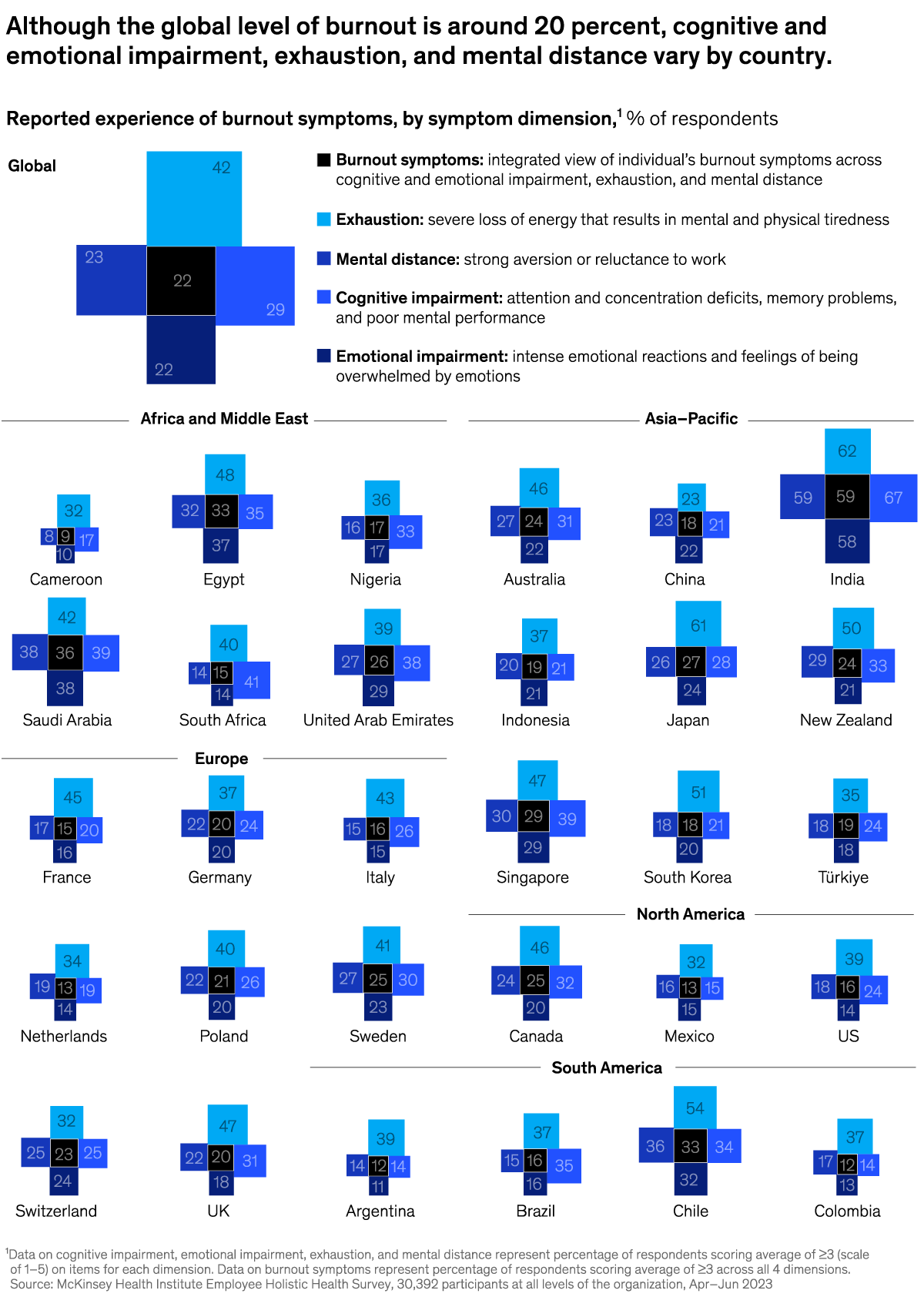

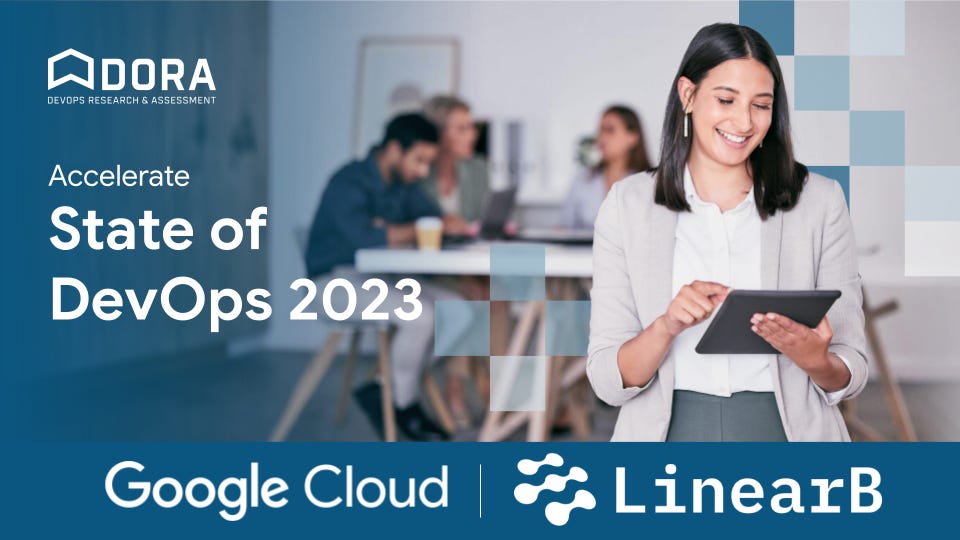
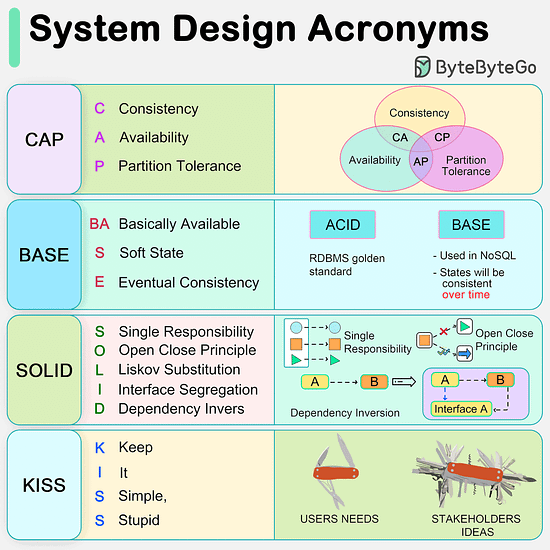
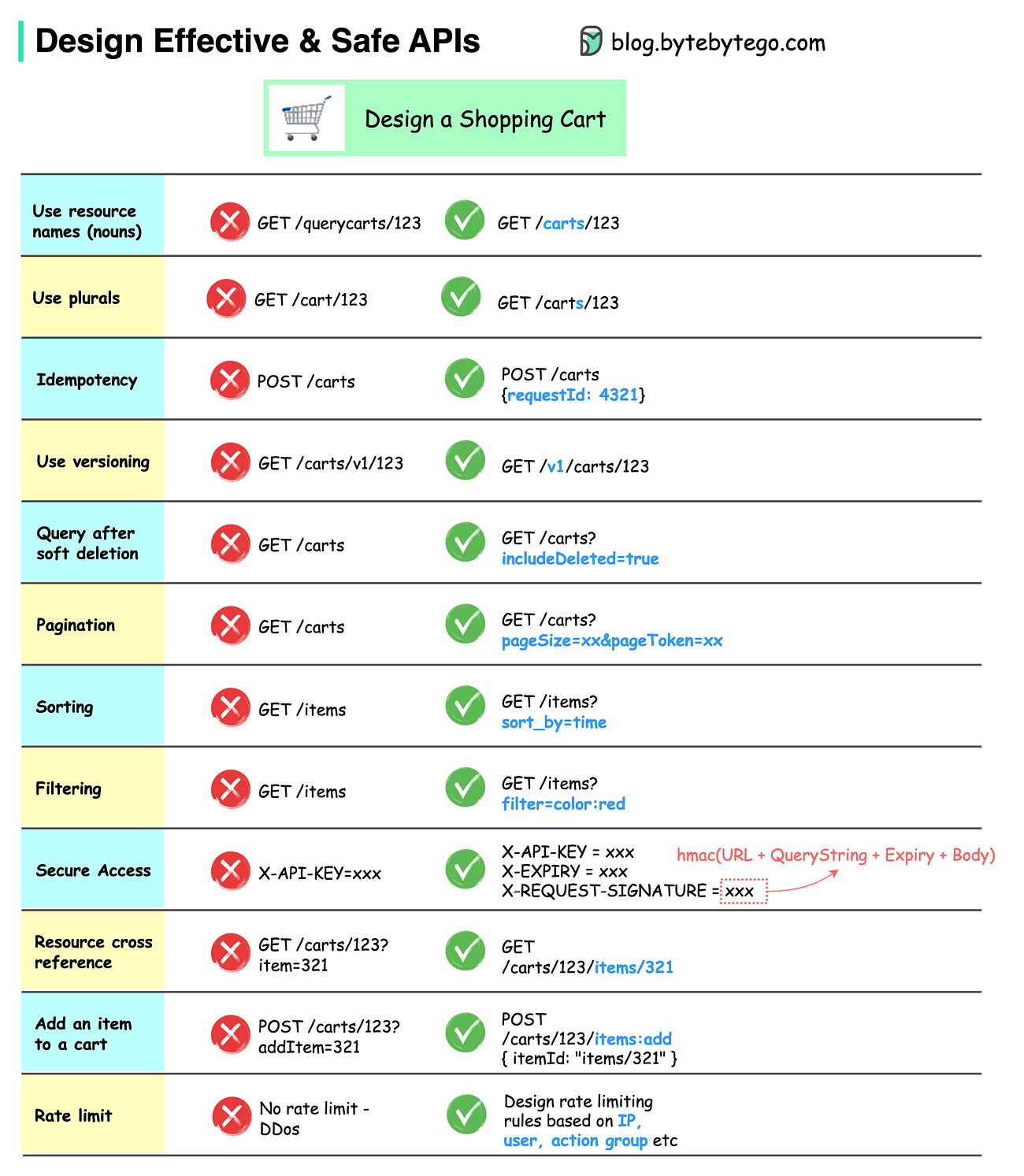
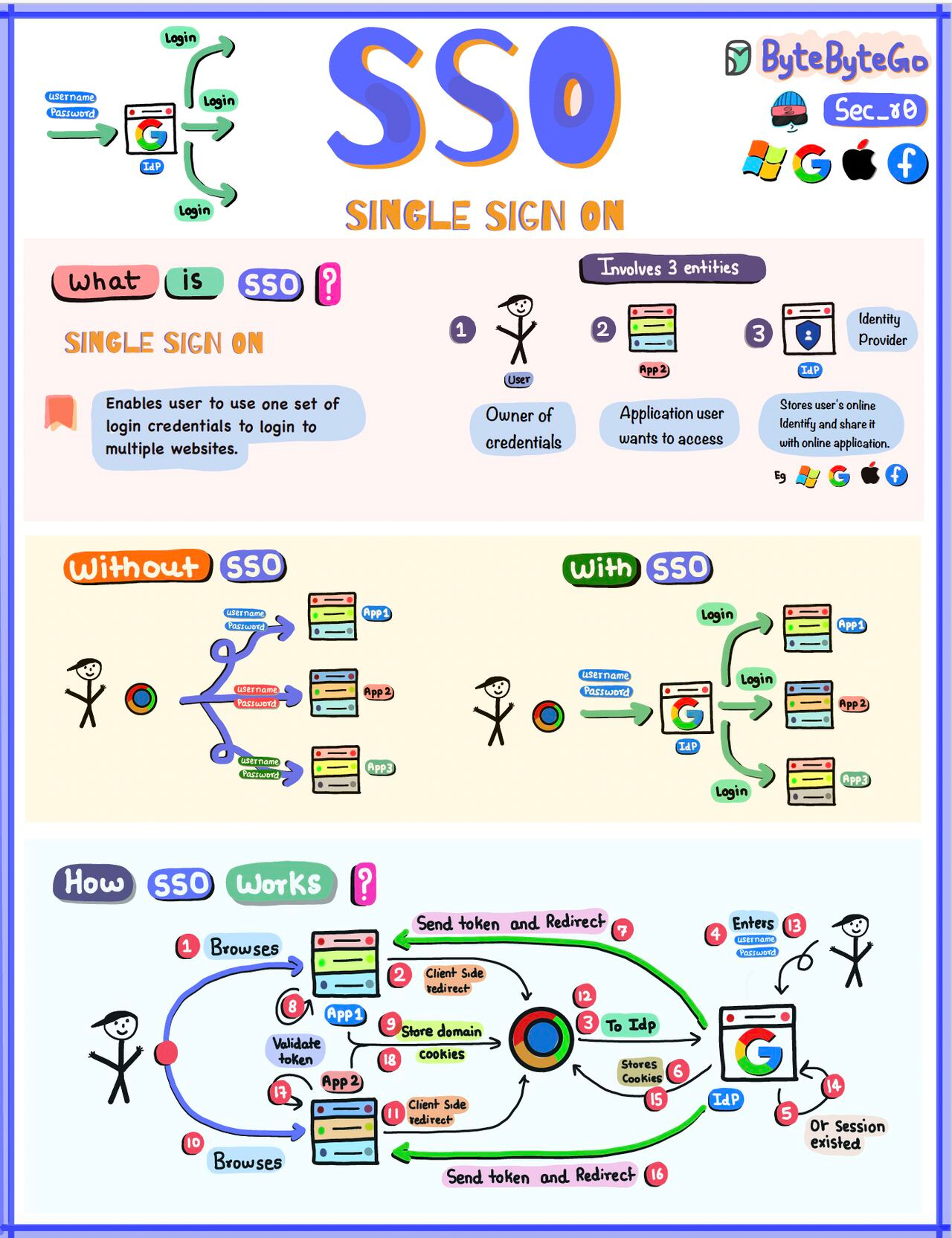
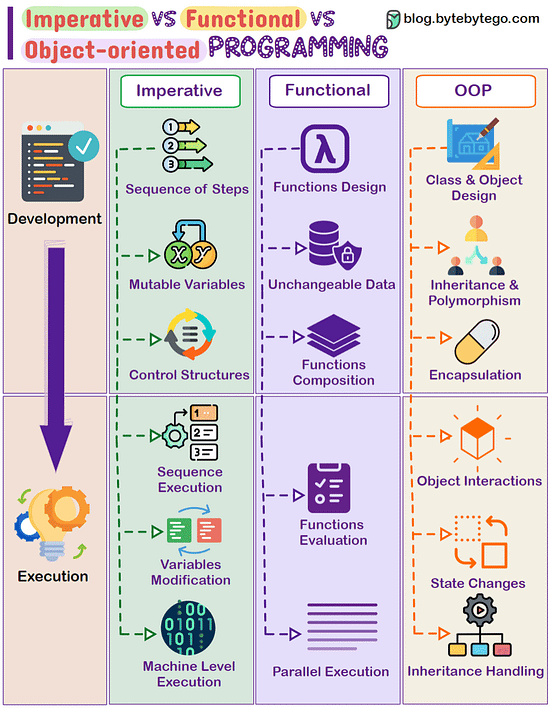
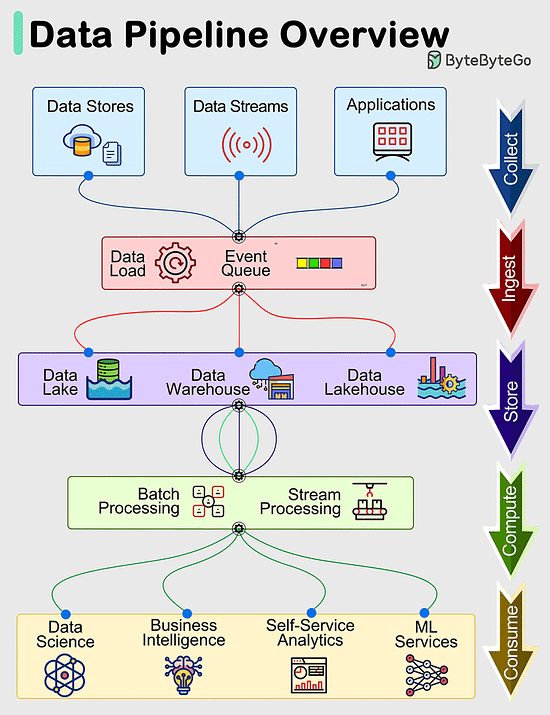
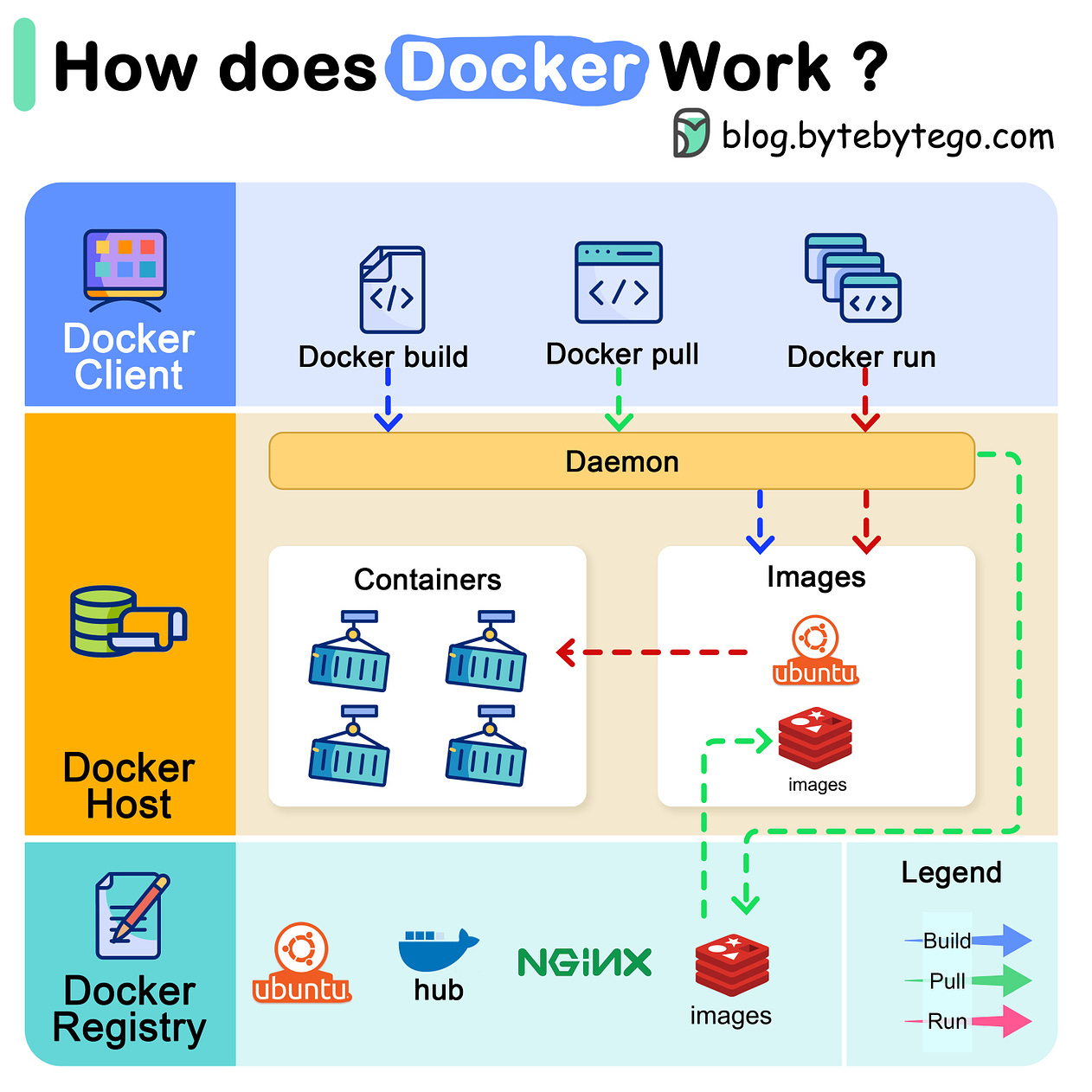












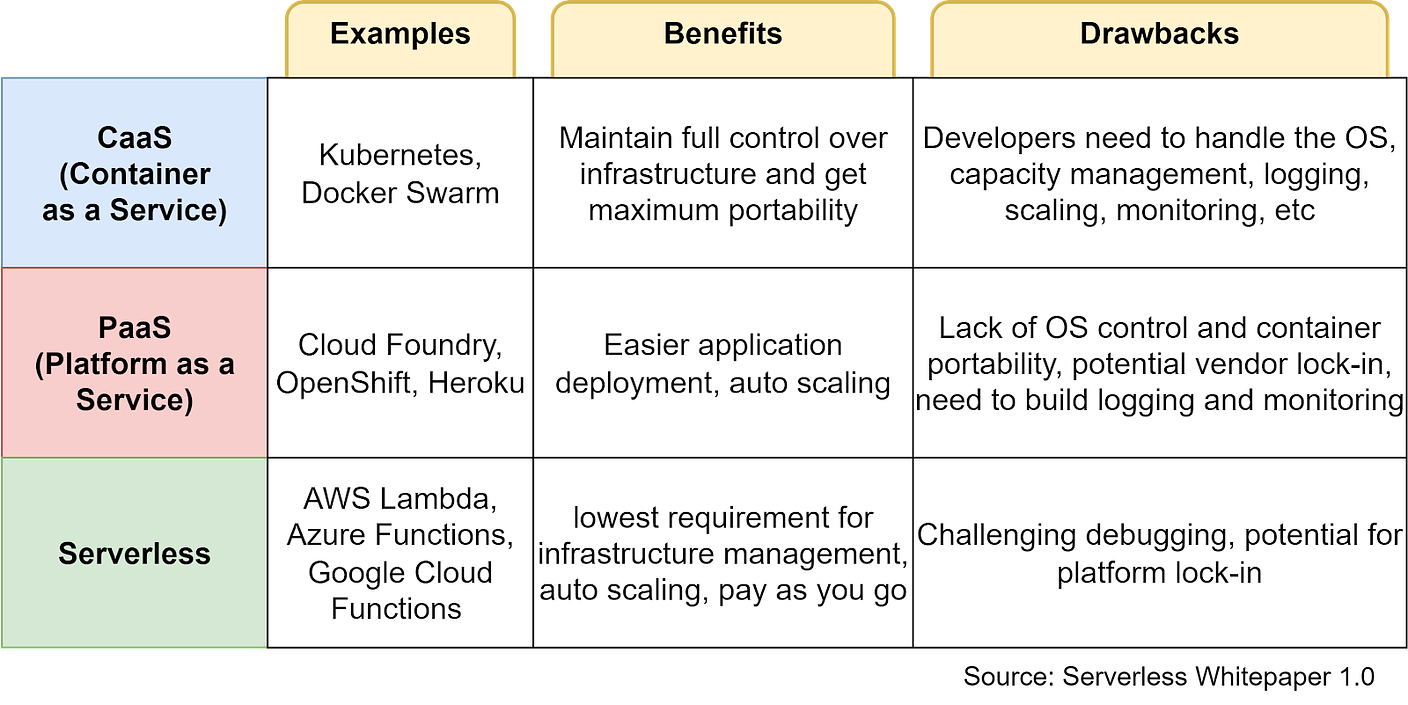
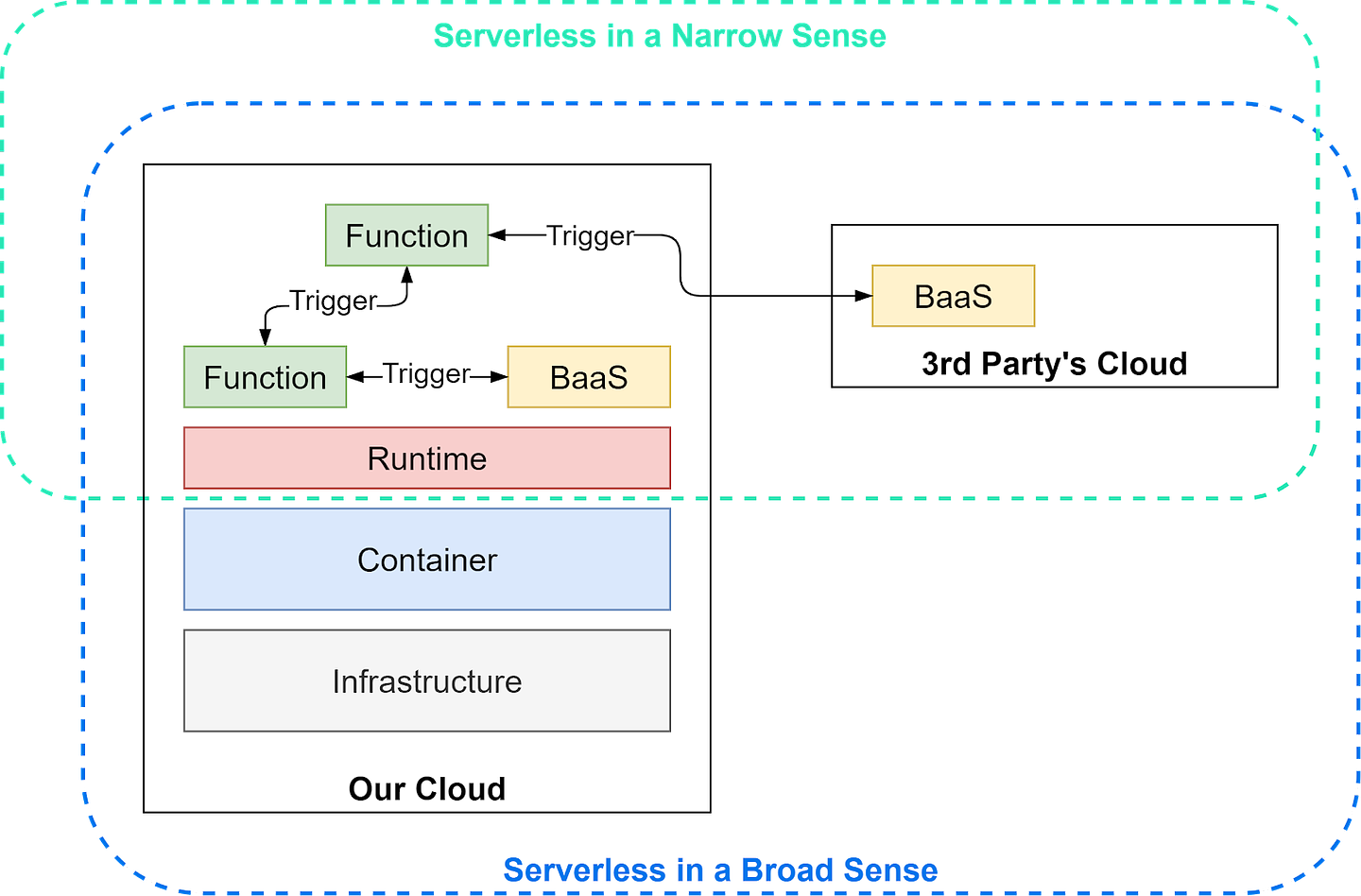
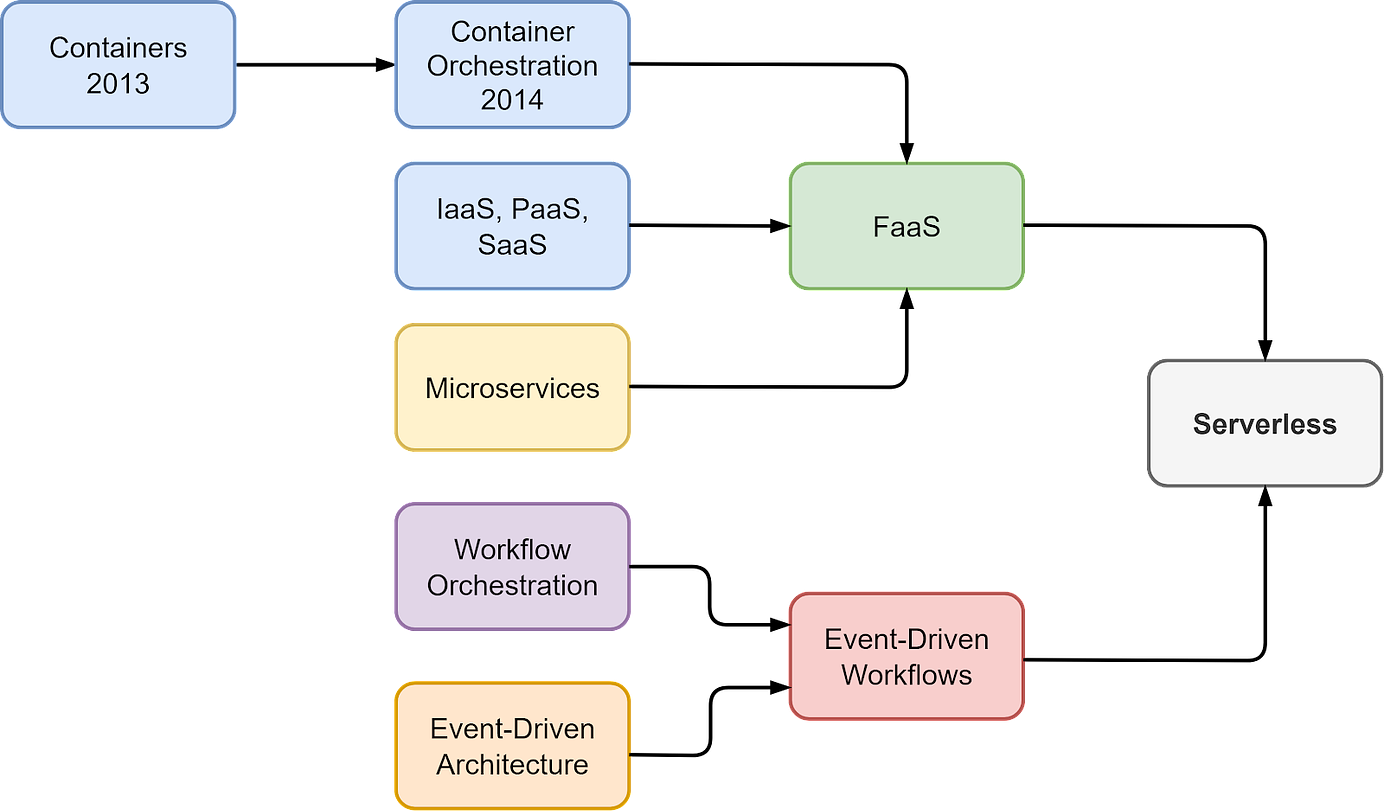
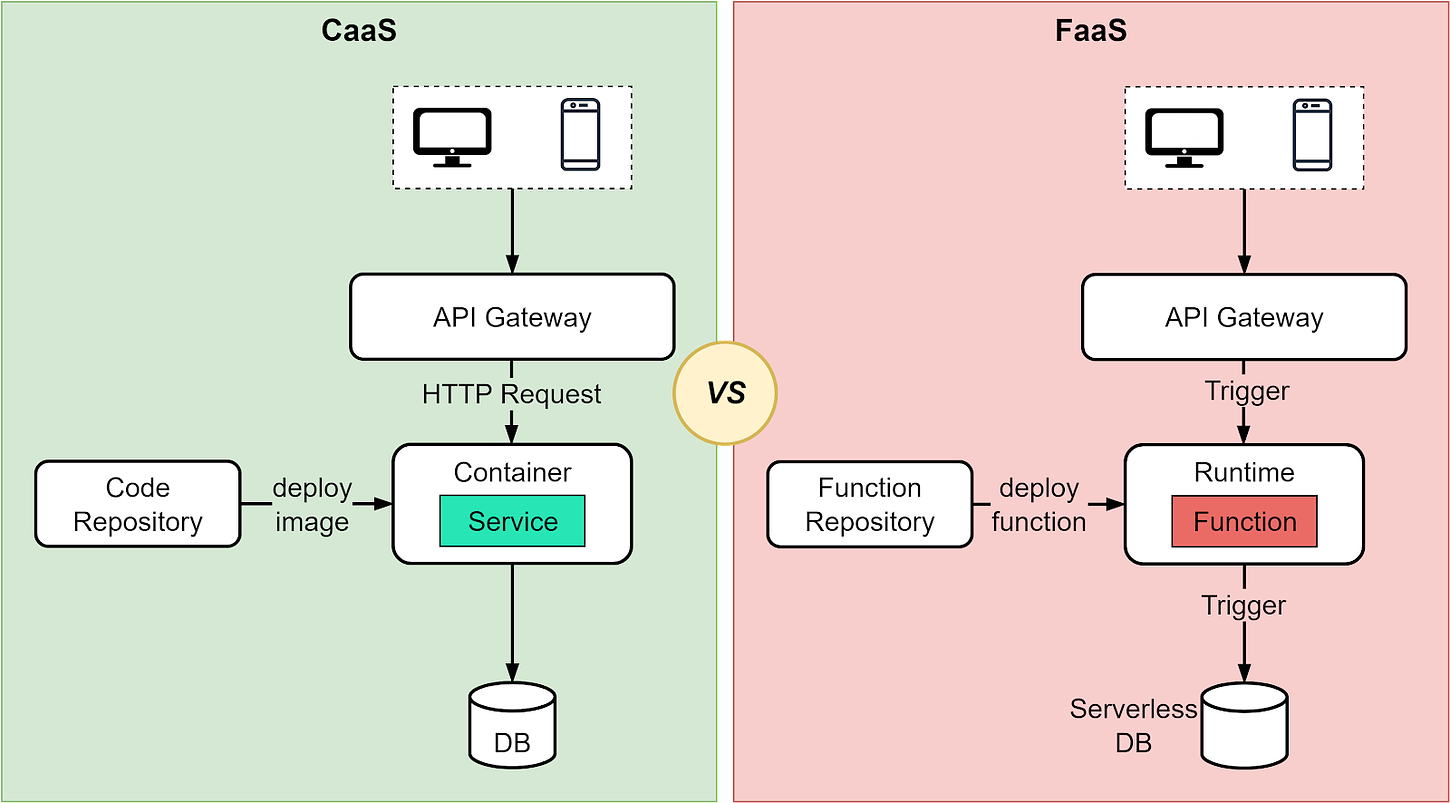
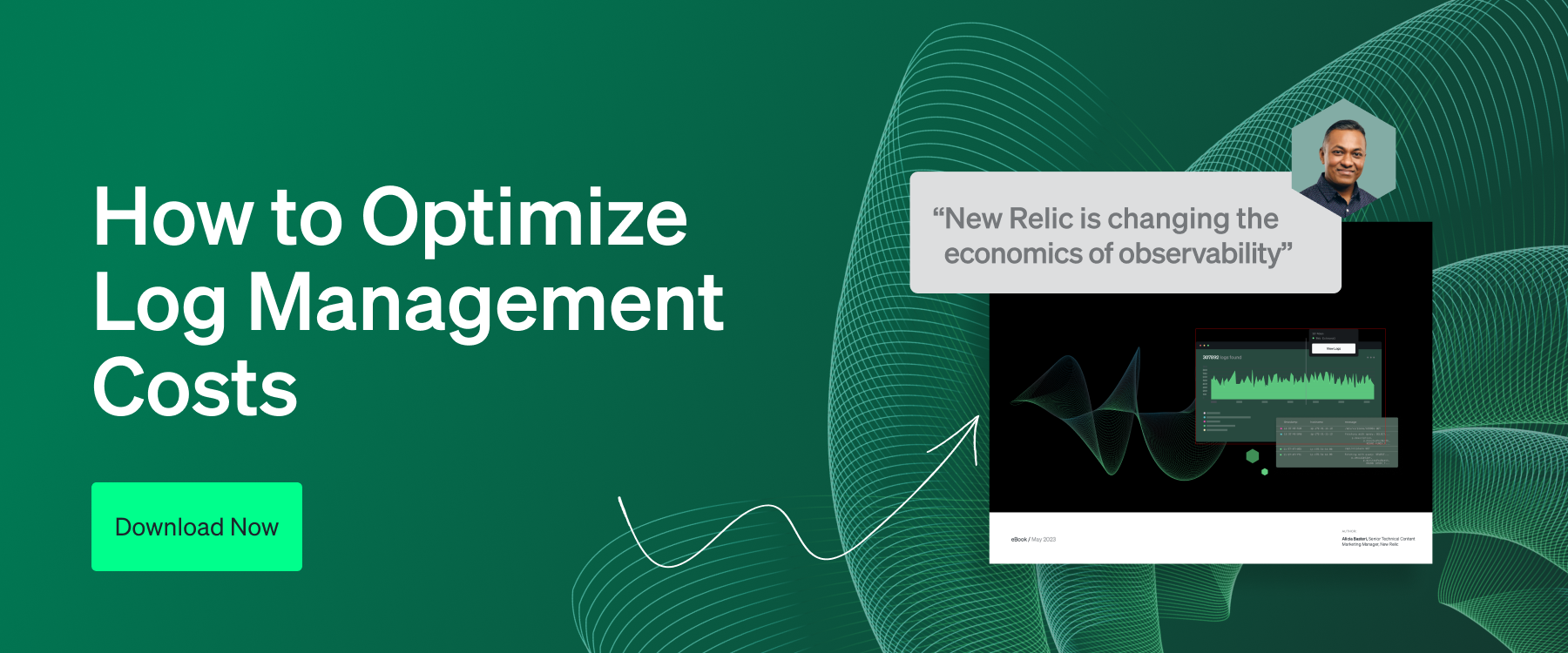













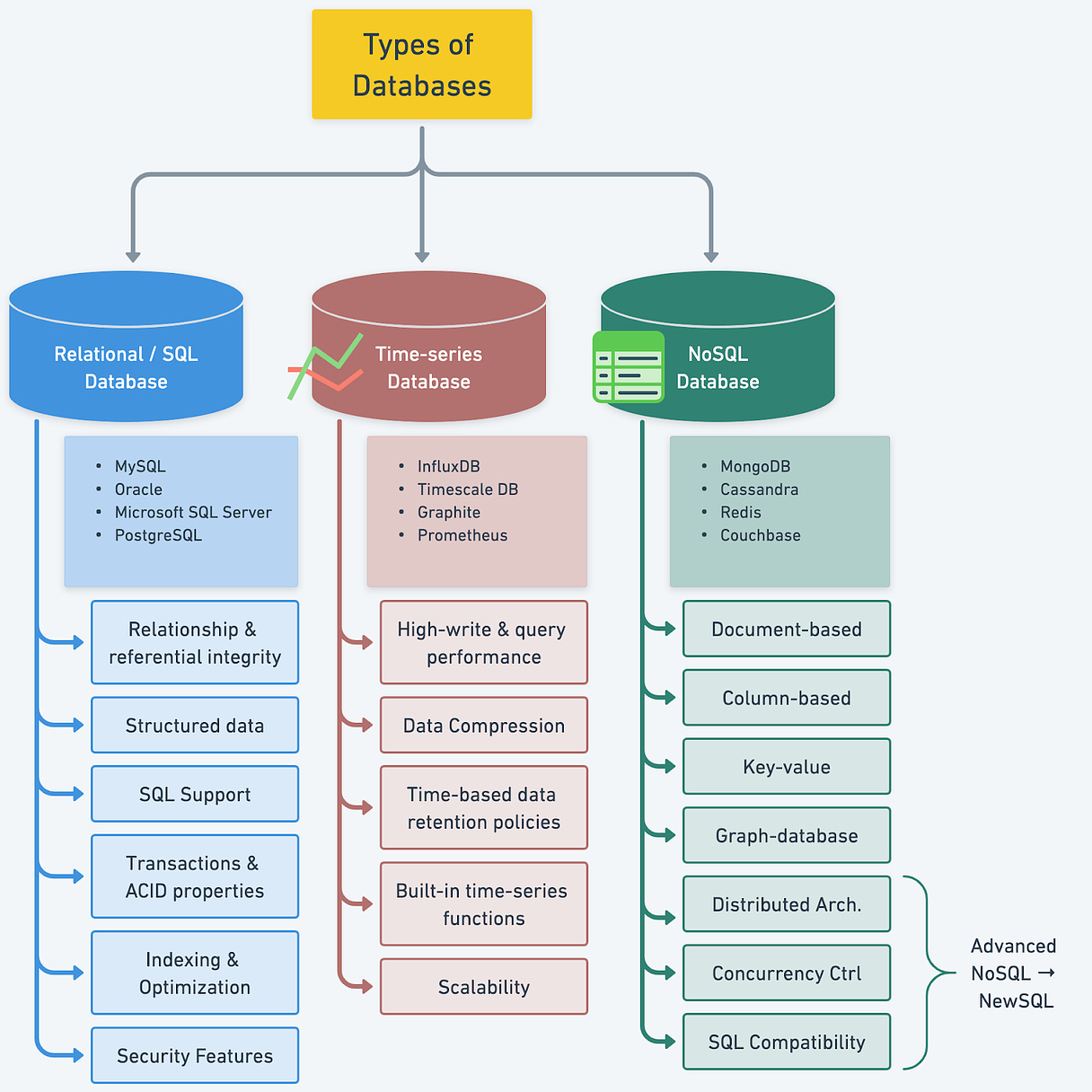

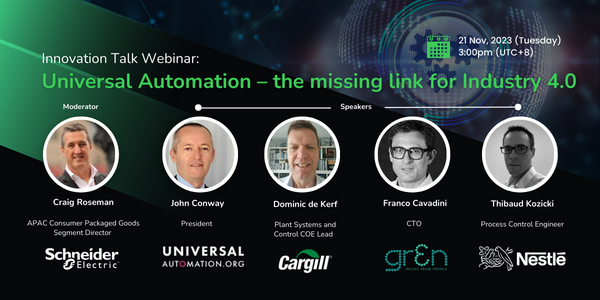
.png)